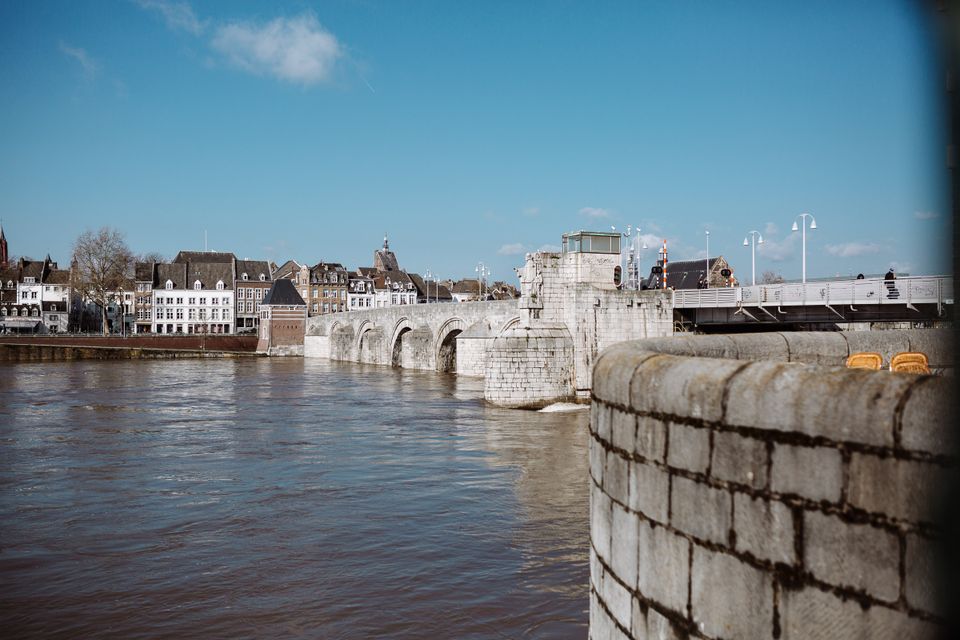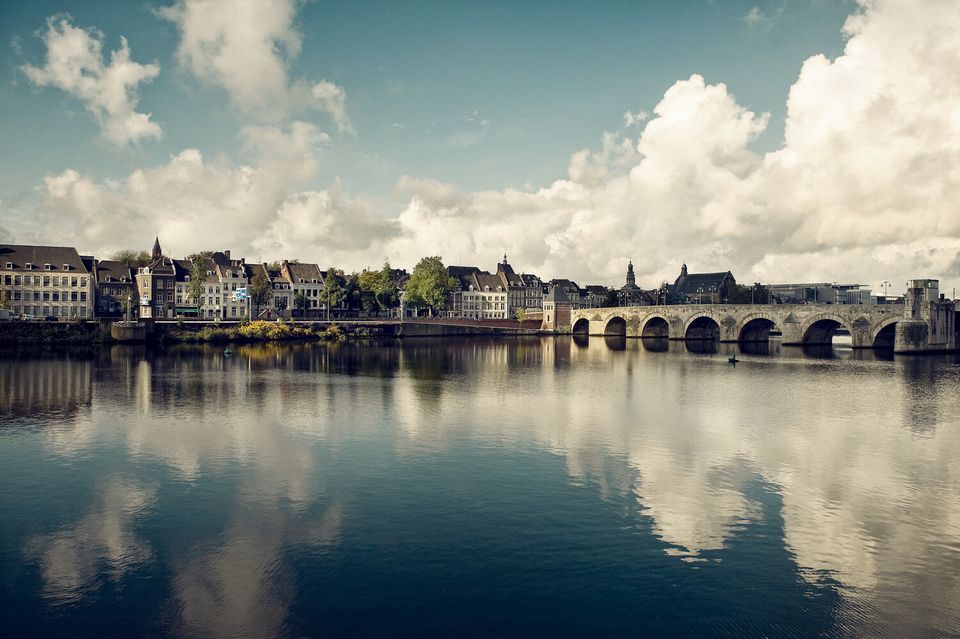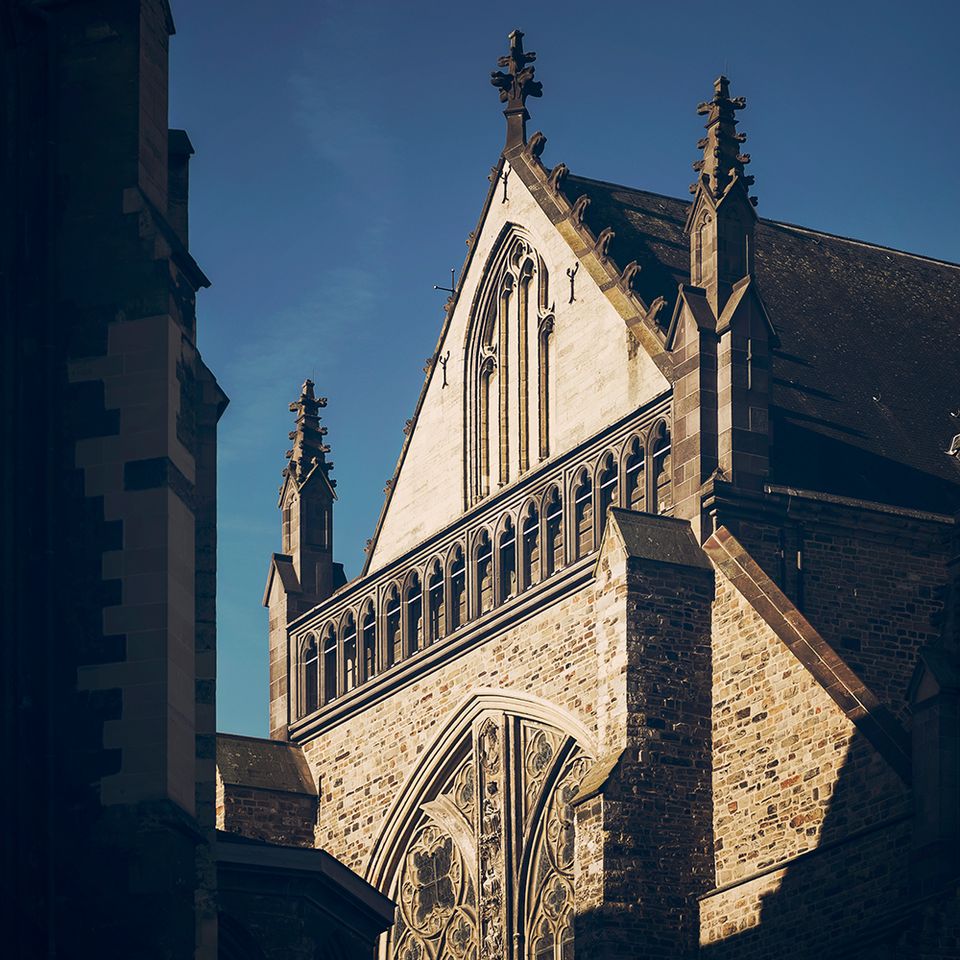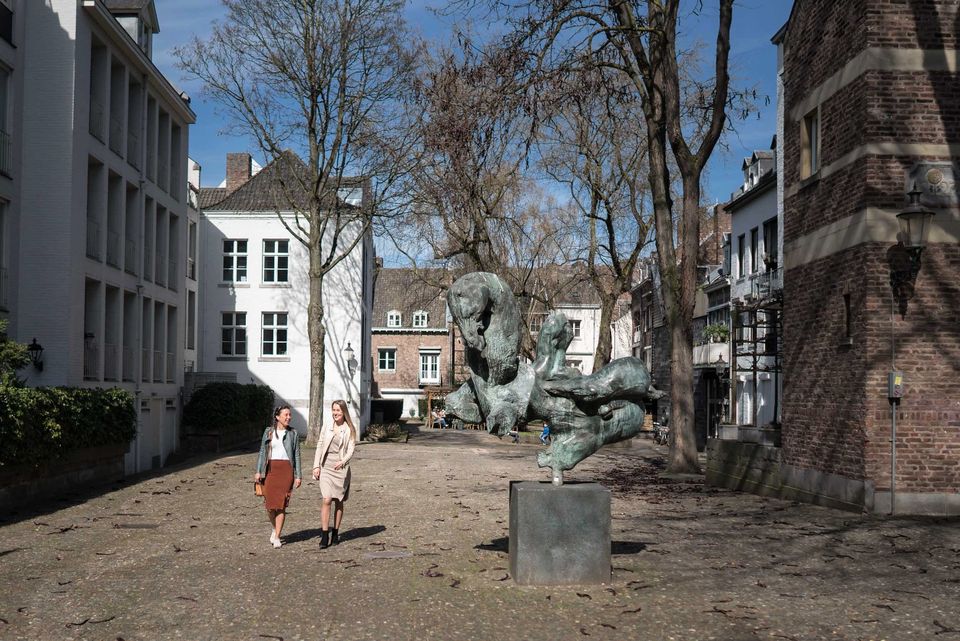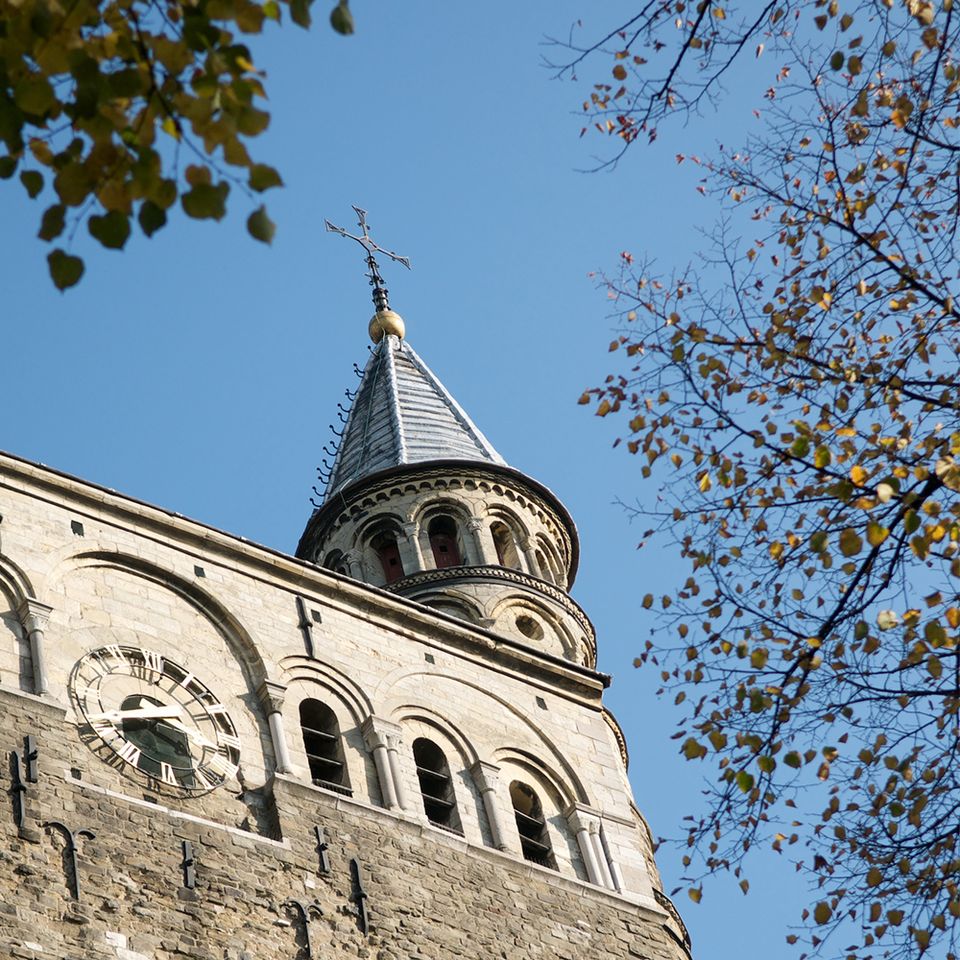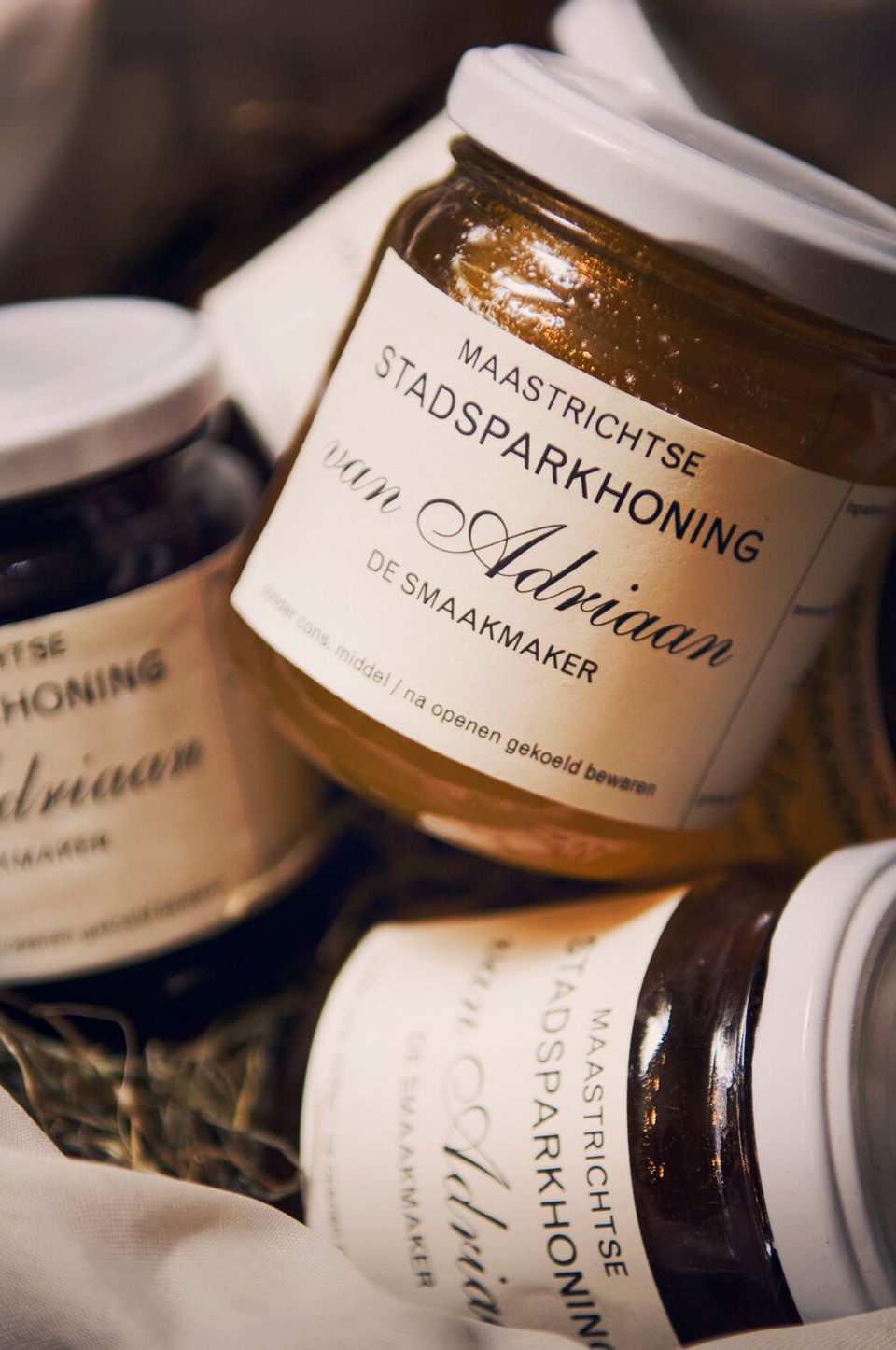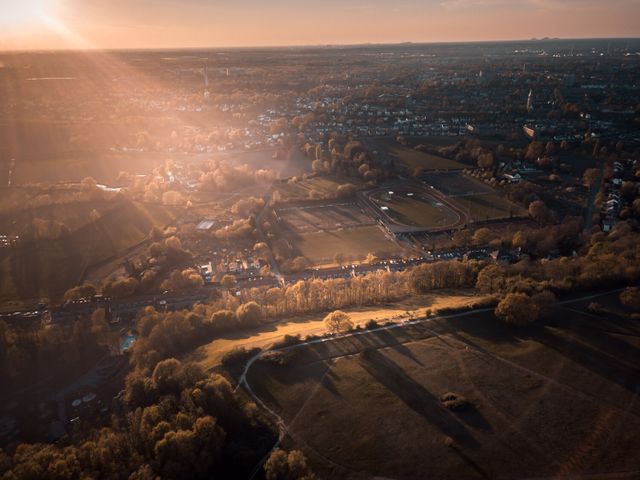Soaking up Roman culture in Maastricht - Roman remains, treasures, and stories
You may know about Maastricht’s rich Roman past. But did you know that the remnants of this past can still be found in almost all parts of the city? Not all of them are visible, but this makes the stories behind them even more fascinating. Discover the Roman remains and let your imagination run wild as you follow the traces left by the Romans in Maastricht.
TIP! Want to see Maastricht’s Roman treasures with your own eyes? Go on this special route and experience it for yourself!
Harbour, trade, and inns
Maastricht is located along Via Belgica, the ancient Roman trade route from Boulogne-sur-Mer to Cologne that also ran straight through southern Limburg and Maastricht. Most of the route was easy until you reached the unforgiving Meuse river: there was no simple way for the Romans to cross it. At the time, the Meuse was a formidable body of water that dried out in summer and was fed by rain in winter. So, they decided to build a bridge to cross the Meuse in winter. A dynamic settlement soon developed around it, as this spot turned out to be the ideal place for a harbour, trade, and inns. The Romans stayed in this area for about 400 years.
Did you know? The Romans called their bridge over the Meuse ‘Traiectum ad Mosam’. The name ‘Maastricht’ evolved from this.
Traiectum ad Mosam
From St Servatius bridge, you can see the spot where the Roman bridge probably once stood. During dredging work in 1964, remains of the pillars of that bridge were found at the bottom of the Meuse. It was only then that the discovery was made that the Roman bridge had stood on this spot. Until then, it was thought that it must have been located at the site of today’s St Servatius bridge. On the left-hand side of Maaspromenade, you’ll see a column with a stone lion on it marking the location of the old Roman bridge. The lion’s head on the column is a replica of the statue fished out of the Meuse nearby. The original lion’s head can be seen in the Limburgs Museum in Venlo.
Did you know? Divers regularly check the condition of the bridge remains lying at the bottom of the Meuse. As their condition is clearly deteriorating due to erosion, protection measures are being considered.
Christianity & Diocese
In Roman times, ashes of the dead were buried on Vrijthof square alongside gifts to accompany them to the afterlife. Surprisingly, it was the Romans who introduced Christianity to Maastricht. Servatius, one of their bishops, travelled to the city during the Roman period and made Maastricht part of a diocese. Upon his death, he was buried according to Roman custom. His successors first built a chapel over his grave, which later became the Basilica of Saint Servatius (Sint Servaasbasiliek) – the building that still dominates the square.
Tip: More artefacts and remnants of buildings, statues, and sculptures can be found in the Bonnefantenmuseum, Centre Céramique, and in the Basilica of Saint Servatius.
‘Op de Thermen’ courtyard
Just like every Roman settlement, Maastricht also had a bathhouse – you can probably make out the word ‘thermae’. The remains of this bathhouse were discovered in ‘Op de Thermen’ courtyard during the renovation of the adjacent Stokstraat. Coloured tiles in the pavement mark the outlines of these ancient baths. As the area around this square was the heart of the Roman settlement, there are probably more Roman remains hidden underneath the surrounding buildings. Imagine how much there is still to discover!
Derlon Museum Cellar
This may well be Maastricht’s best-preserved Roman treasure: Derlon Museum Cellar (Museumkelder Derlon), located on Onze Lieve Vrouweplein square. Reconstruction work in 1983 unearthed remains of a Roman sanctuary, including a walled square with a Jupiter Column. This was a place where the Romans made offerings to the gods they worshipped. This led to an immediate change to the construction plans: the basement of the hotel would be turned into a museum. Access to the cellar is free of charge – and highly recommended.
Did you know? The largest stone blocks of the Roman castellum in Maastricht were used in the construction of the Basilica of Our Lady (Onze Lieve Vrouwebasiliek). Visible on the right side of the monumental façade, they are the last traces of the Romans in today’s streets.
Roman cuisine
When it comes to Roman culture, Maastricht is the place to be – so much is certain. But it’s also the place where you can literally taste the Roman past. For instance, Derlon Hotel’s chefs incorporate Roman influences and ingredients into the dishes on the menu. De Bisschopsmolen mill and café bakes with ingredients that the Romans brought to Maastricht, producing both artisanal spelt bread and typical Limburg vlaai (sweet tart). Adriaan de Smaakmaker makes a special compote called ‘Via Belgica Condimentum’, a scrumptious blend of typically Roman pumpkin, apricots, dates, almonds, and honey. It doesn’t get more authentic than this.
